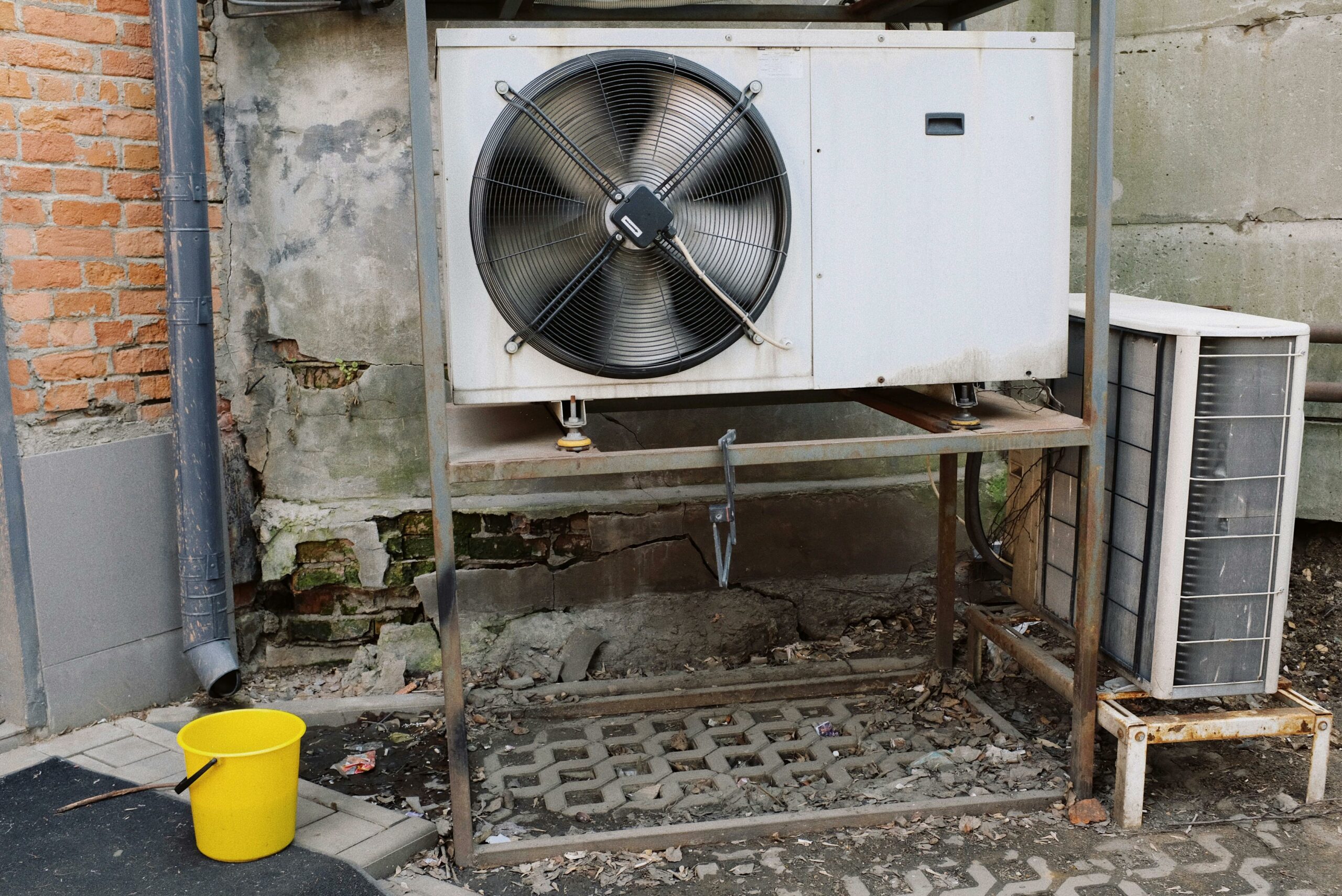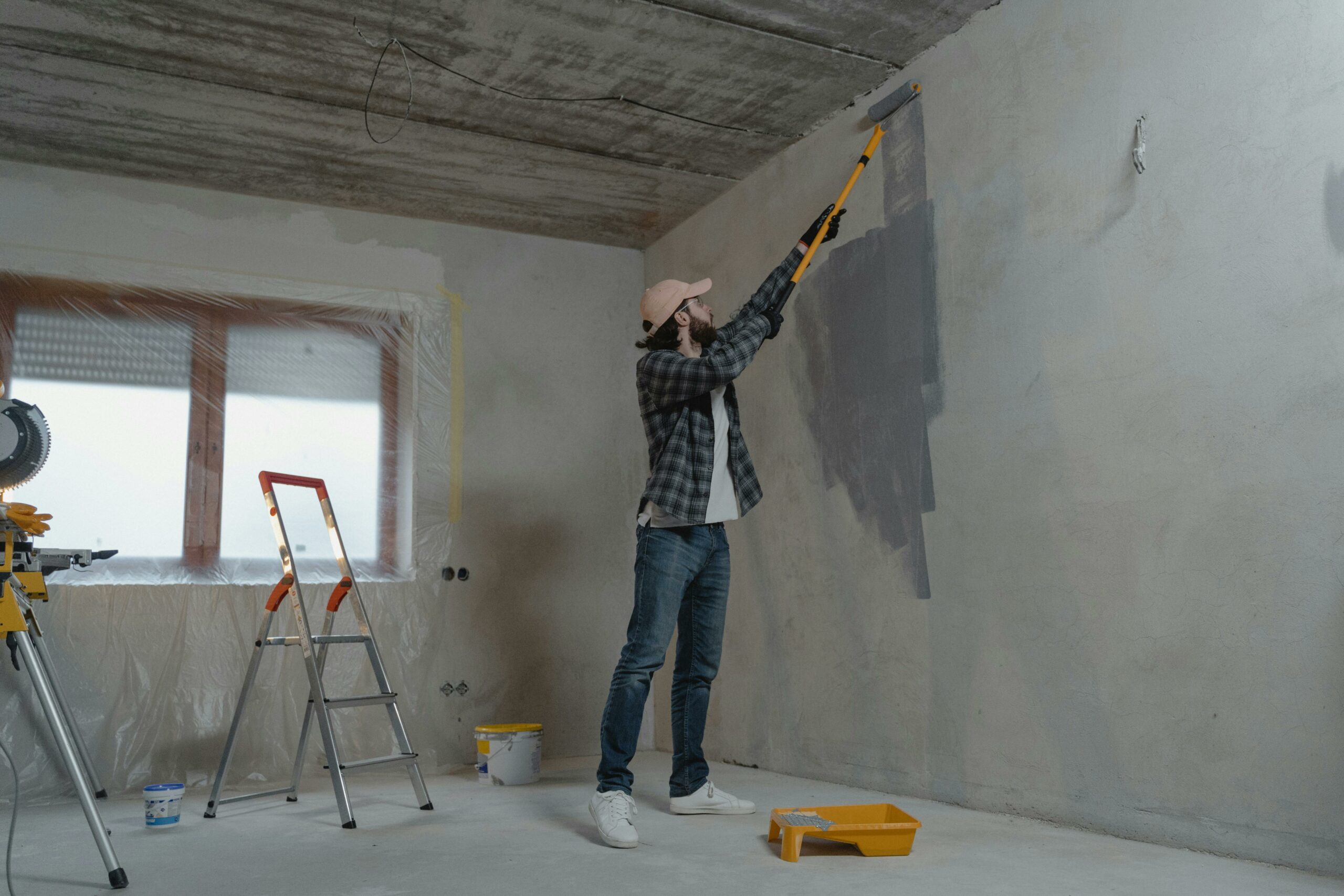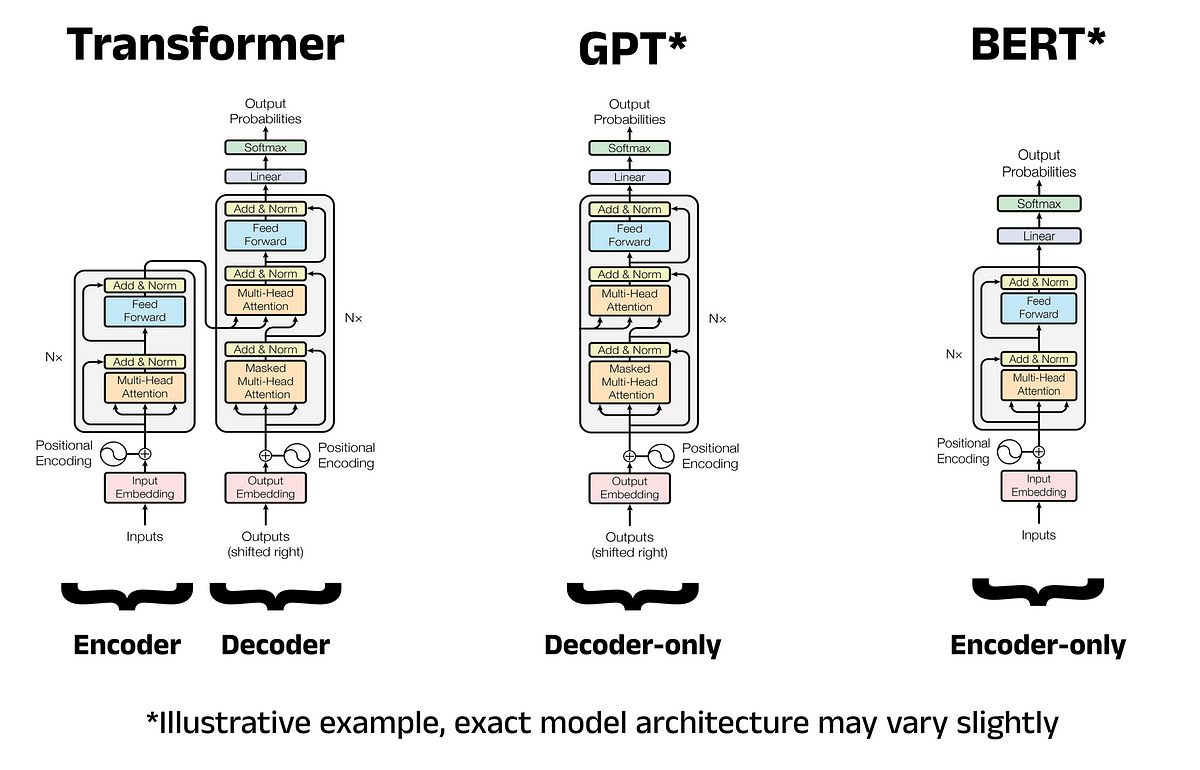Need a break from seriousness? Watch videos of astronauts falling on the moon for a good laugh. NASA’s footage of Apollo astronauts stumbling and tripping as they move in slow motion is quite relatable. For MIT engineers, these lunar mishaps present an opportunity for innovation. Professor Harry Asada of mechanical engineering at MIT explains, “Astronauts face challenges on the moon due to the low gravity and the constraints of their spacesuits. We aim to create a safe solution for astronauts to recover from falls.”
Asada and his team are developing wearable robotic limbs called “SuperLimbs” to assist astronauts in getting back on their feet after a fall. The system, designed to extend from a backpack carrying life support systems, controllers, and motors, has already been tested on volunteers wearing restrictive garments similar to spacesuits. The results showed that using SuperLimbs made it easier for volunteers to stand up after falling.
With plans for NASA’s Artemis mission to send astronauts back to the moon, the SuperLimbs technology could be crucial. The mission will involve building a permanent moon base, requiring astronauts to perform physically demanding tasks. The MIT team believes that SuperLimbs can help astronauts recover from falls and conserve energy for essential activities during extended extravehicular activities.
The team’s design is based on Asada’s previous work with SuperLimbs for various applications. They studied human movements during falls and developed a control system to assist in standing back up. The latest version of SuperLimbs features two robotic arms that can extend from a backpack, equipped with advanced lightweight materials for efficiency.
The team plans to further develop and test SuperLimbs in low-gravity simulators to assist astronauts on future missions to the moon and Mars. Asada emphasizes the importance of robotic systems in easing the physical burden of wearing spacesuits and increasing astronauts’ productivity during missions.
Source link
























